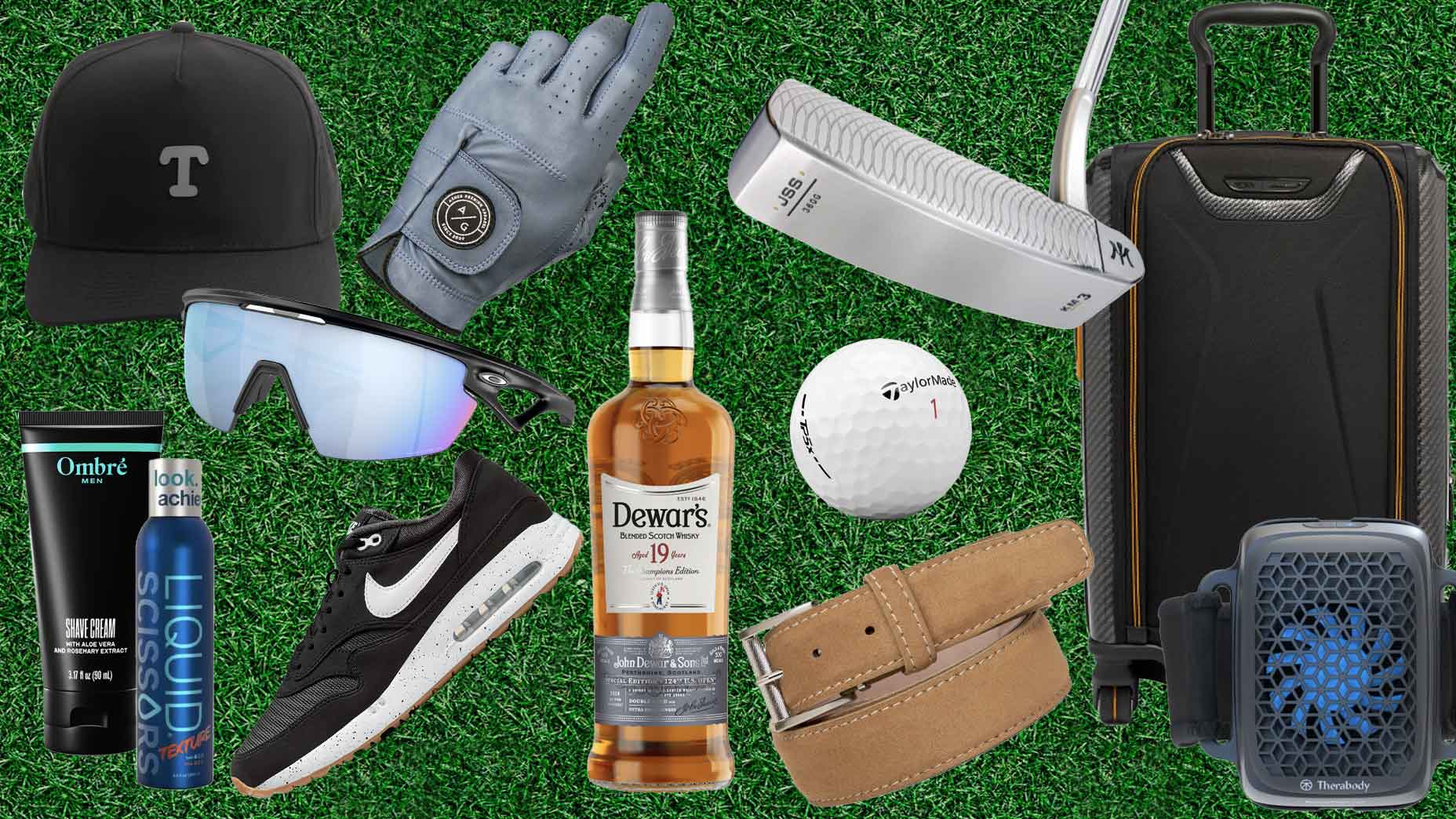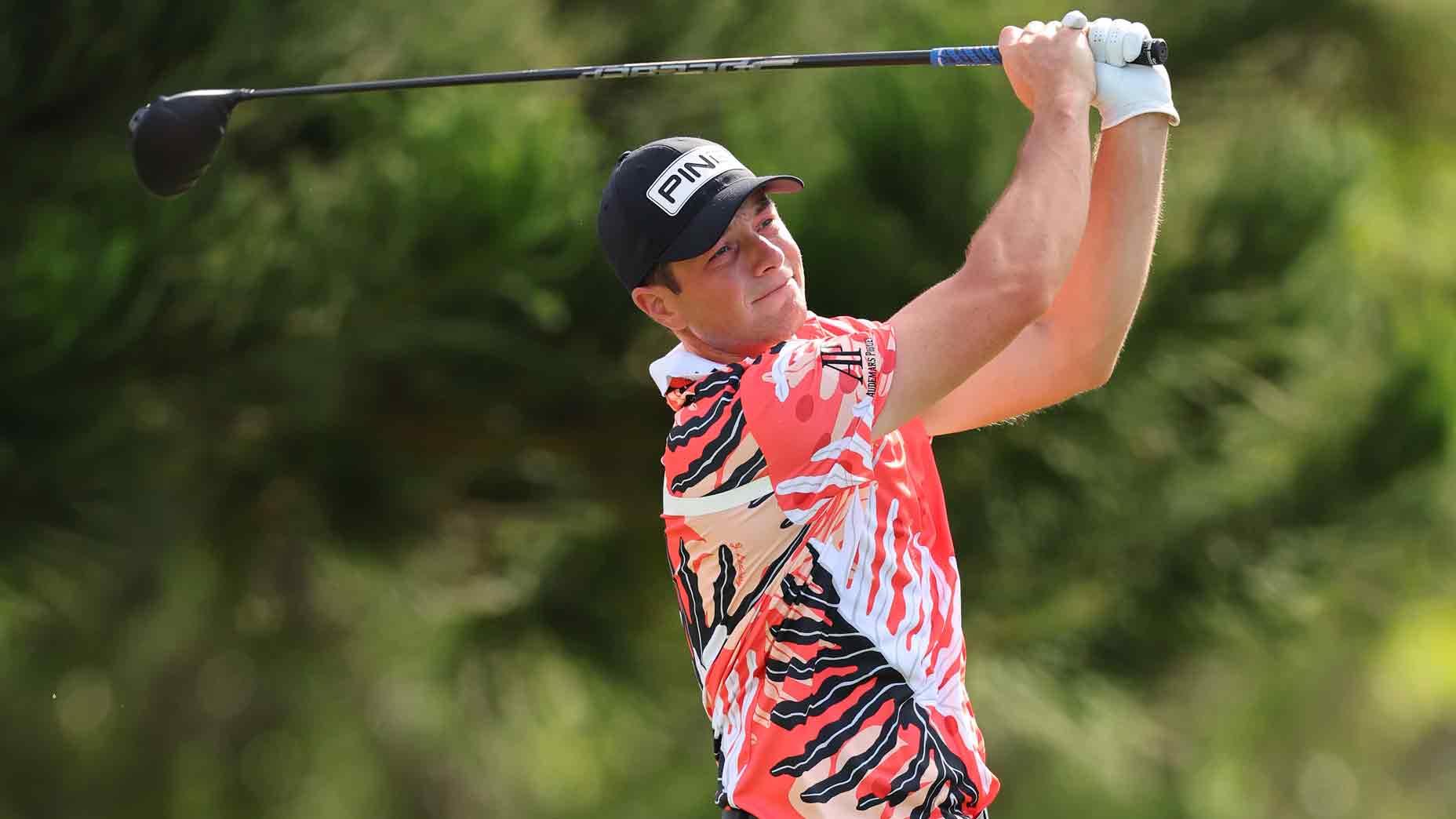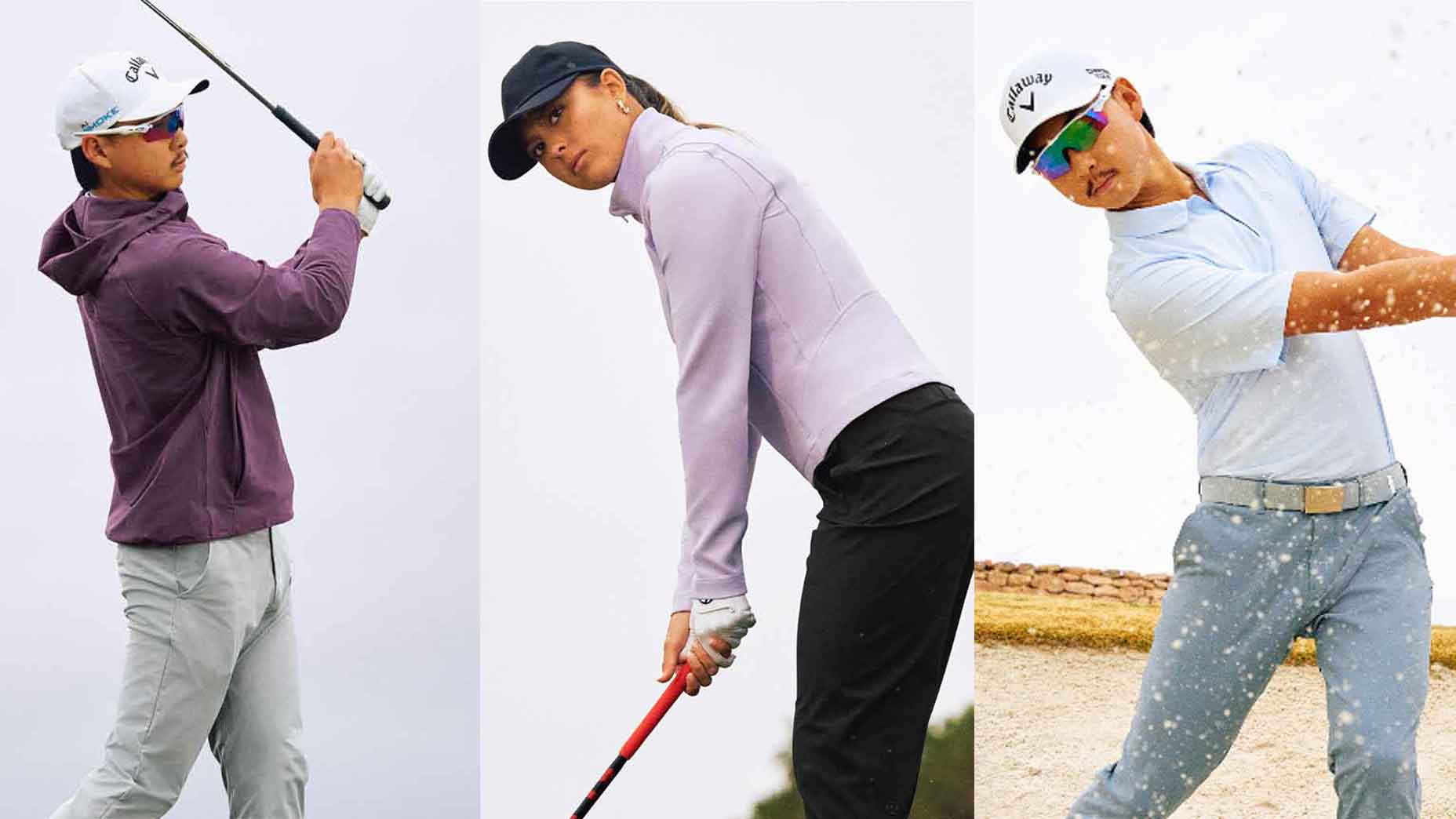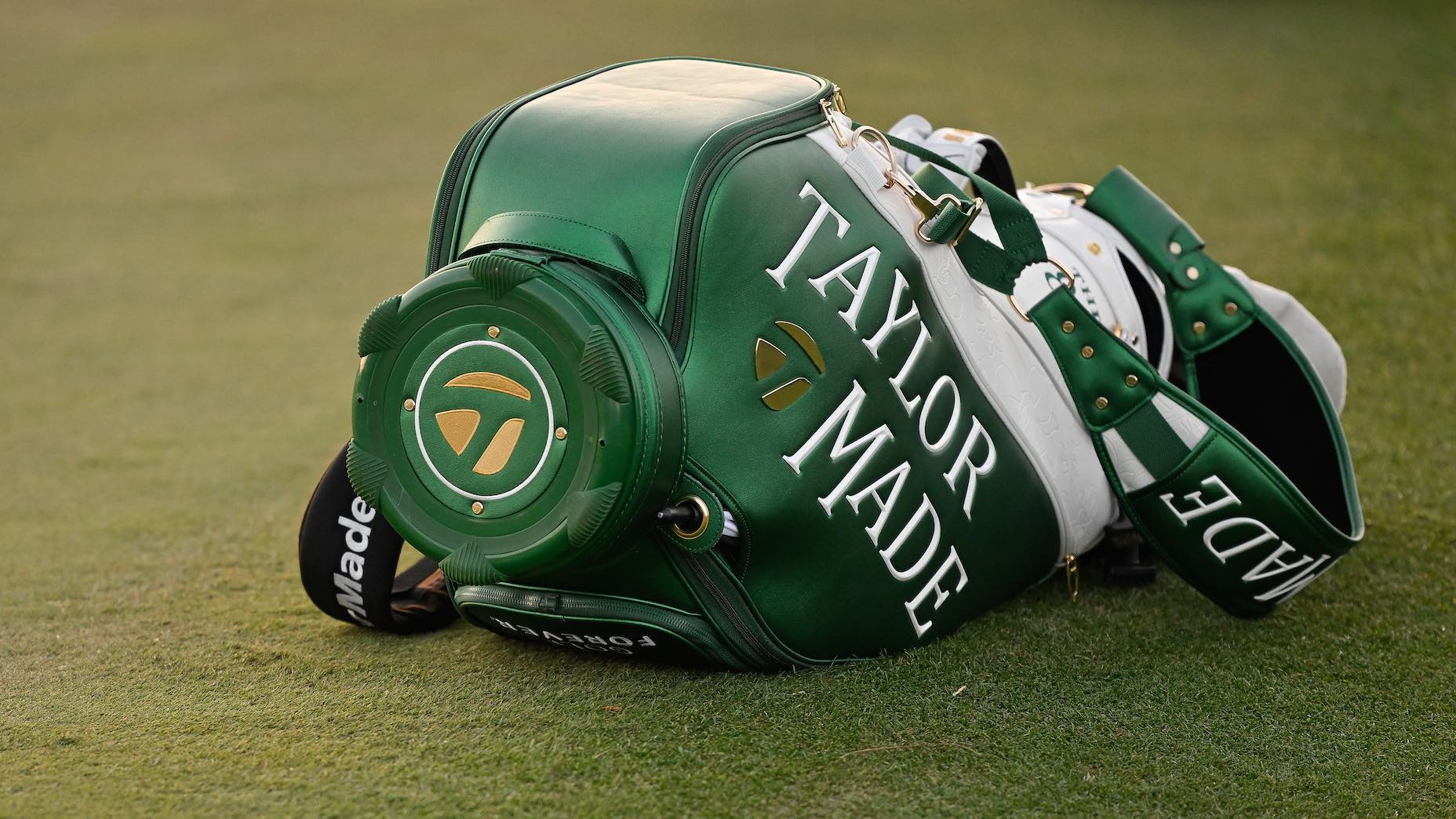Welcome to another edition of Yo, Gear Guy!, an interactive GOLF.com series in which our resident dimplehead (a.k.a., GOLF’s deputy editor of equipment, Mike Chwasky) fields your hard-hitting questions about drivers, putters, fittings, gadgets, bounce, lofts, CG, MOI, and a bunch of other scary acronyms. Got a question for Gear Guy? Hit us up on Twitter, Facebook or email.
Jamesguyer2 on Instagram: What do I need to know about the new Titleist TS2/TS3 drivers?
A lot of players are understandably interested in the new Titleist TS2 and TS3 drivers, one of which Michael Kim (10.5° TS2) used to win the John Deere this weekend. Unfortunately the folks at Titleist haven’t shared any information yet, though it’s safe to assume the new big sticks will be available sometime this fall. From what I’ve seen I can tell you that it looks pretty clear that the TS2 is a replacement for the 917 D2 while the TS3 will probably replace the lower spinning, more compact 917 D3. The TS2 has an adjustable hosel and single back weight for a lower, deeper CG location and added forgiveness while the TS3 also has an adjustable hosel as well as a cylindrical weight in the rear of the sole. The design looks quite similar to that of the previous model, suggesting that it can be used to customize CG location to produce a desired shot shape bias.
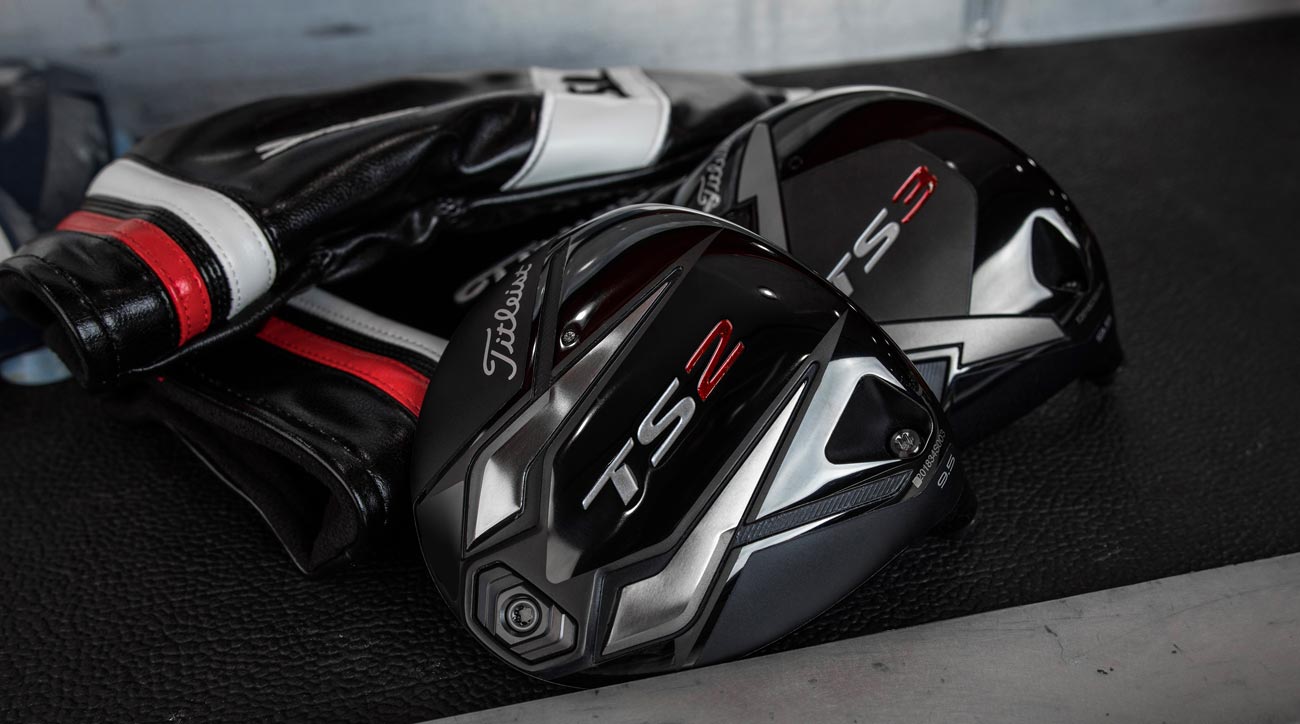
Other than these items it tough to tell what else might be going on with the design of the two drivers, but it’s notable that neither contains a visible channel in the sole like the 917 series does, which was designed to increase face flex on low strikes. I’d say it’s highly likely that the designers at Titleist have come up with another way to improve performance on low hits, but what it is remains to be seen. Stay tuned…
Jerry8047 on Instagram: Is it really worth the investment to spend top dollar on a putter?
I’ve heard that question before and my answer today is the same as ever – yes, investing in an expensive putter is worth it, provided it delivers superior performance or simply makes putting more fun. At the same time, don’t think that simply forking over $400 for a putter will automatically turn you into the second coming of Ben Crenshaw. The key is to find what works for you most consistently, which in my opinion is best determined by a good fitting by a qualified professional. Many expensive putters actually do provide advanced performance (better stability and forgiveness on off center hits) characteristics that more basic, less hi-tech designs don’t. However, there are other high-end models that are simply much fancier versions of basic designs. These putters most likely won’t be worth the investment in terms of legitimately superior performance, but if you fall in love with one and enjoy playing more because of it, then it could be worth the extra cost.

dhollman03 on Instagram: What are the main differences between the Rogue and Epic that I should be considering before buying?
Well, there are definitely some differences between the two Callaway driver models you mentioned but in some ways the most significant is simply that the Rogue is fitted with second generation Jailbreak technology, which almost always represents an upgrade over the first iteration. Specifically in the case the Rogue driver you’ll find titanium bars connecting the sole and crown that are 25% lighter than the original, allowing for a new X-Face VFT face design for even faster ballspeed and distance. In addition, the Rogue features the largest carbon crown of any Callaway driver to date, which allows for more weight in the perimeter of the clubhead for significantly increased MOI and forgiveness on off center hits. By now you probably get the gist – the Rogue is a more advanced model that features a refined version of Jailbreak and a lot more forgiveness than the Epic. Though you should always get fitted to determine which model to buy (there are surely some who still prefer the Epic), I’d say the Rogue would provide more balanced performance for a wide range of players.
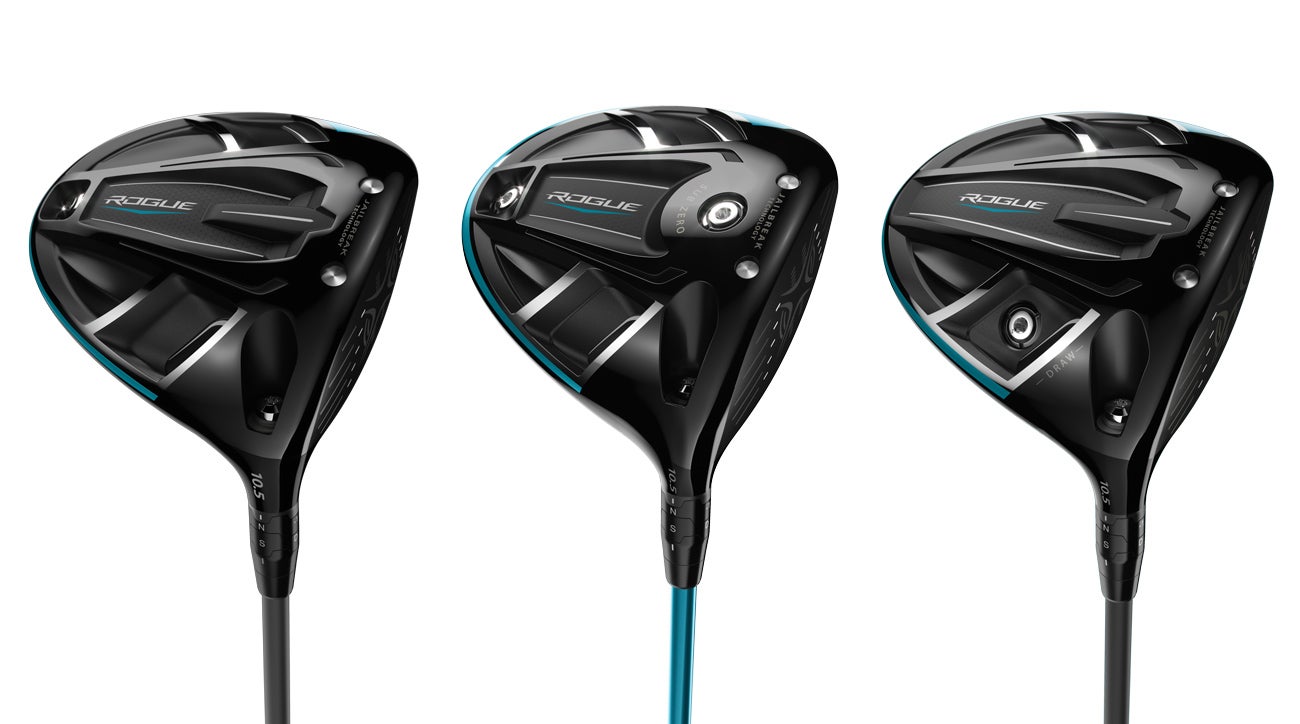
Jack Stone on Facebook: What kind of gear changes will pros make at the British Open to adjust to playing a links-style course?
The type of adjustments that players might make in preparation for Car-nastie this week depend largely on the individual and the standard set up they favor. For players like Brooks Koepka, the power hitting current US Open champ who always carries a driving iron, there might not be anything to change. However, those who rely more on fairway woods (some like Tiger often carry both a three- and five-wood) very well might opt to exchange one for a lower-lofted hybrid or driving iron. This is particularly true this week when the conditions will be extremely fast, firm, and tight, effectively taking the driver out of play on a number of holes. Competitors will need a reliable “get it in play,” club off the tee that they can hit low under the wind and let run out for miles and one of the many new driving irons available today could be critical. Also, there might be some that alter their wedge composition for the week. Since the conditions will be exceptionally firm, some might opt for wedges with less bounce or a narrower sole grind, making them more versatile from tighter lies.
Mark Austin on Facebook: Would playing a different model ball in different weather conditions be beneficial? As in would some perform better in wet, dry or windy conditions?
There are some situations where changing your ball to match the weather conditions could be beneficial, though the trend of lower compressions in just about all models including those with the “Tour” designation makes it less so than in the past. The most obvious situation where changing golf balls can be beneficial is in cold weather, where a softer, lower compression design can not only help putting and short game feel but will also compress more easily at impact for improved ballspeed and launch. I personally used to follow Phil Mickelson’s lead and actually switch my ball on occasion when I ventured outside Southern California to play, particularly if I was going to Scotland, Ireland, or Wales in the fall when early morning temps can drop precipitously without warning (I once tee’d it up at Royal Dornoch in the Highlands in late September and it was literally freezing). Though temperature is the main reason for altering your golf ball choice, if you know you’re going to play in exceptionally windy conditions you might want to opt for a model that’s designed to produce a lower trajectory off the tee, like the new Titleist AVX for example. In contrast, if you know you’ll be playing in overly soft, wet conditions, a higher launching model that’s made to maximize carry distance might be a better choice.


